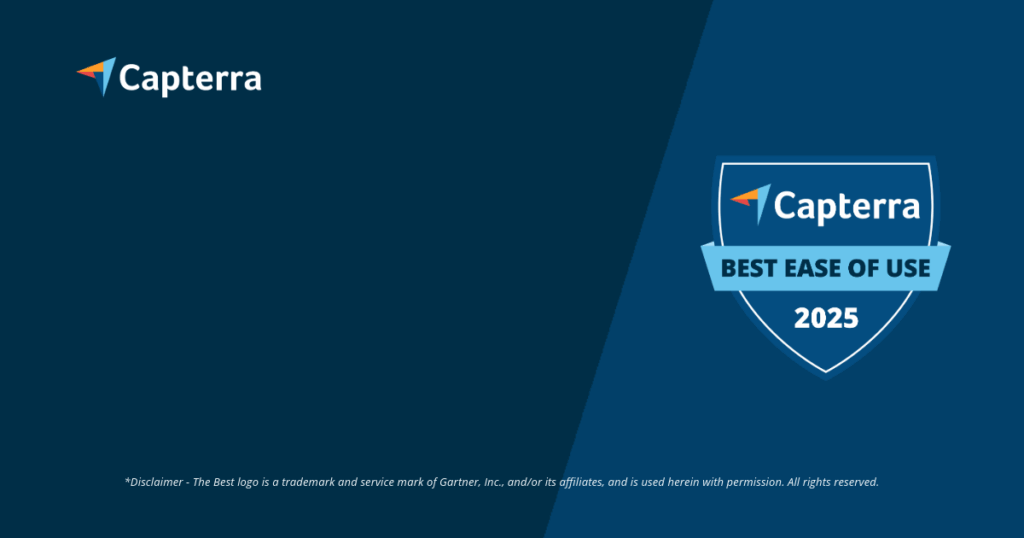Phase 1: Laying the foundation through analysis and clear goals
Every successful construction project begins with a solid foundation. The same goes for software implementation. In the first phase, you define precisely what you want to achieve with the new solution. Use the SMART method to formulate your goals to be specific, measurable, attractive, realistic, and time-bound. One goal could be: ‘Reduce the manual effort for daily construction reports by 75% within the first 3 months.’
Conduct a detailed analysis of your current processes. Which workflows need to be improved specifically? Where are there breaks in the media that lead to 66% non-value-adding activities? Involve key individuals from all relevant departments from the start. Acceptance increases by over 50% when later users, especially on-site workers, can voice their requirements. This step ensures that the selected construction software for companies addresses real problems. The results of this phase form the basis for your requirements specification and the entire further process.
Phase 2: Define requirements and select the right software
With the defined goals and process analysis, you now create a requirements specification. This document details all functional and technical requirements for the new software. It serves as an objective basis for comparing different providers and prevents you from being misled by impressive presentations. Obtain quotes from at least 3 to 5 providers to get a good overview of the market.
When selecting, pay attention not only to the feature set. User-friendliness is a critical factor for success. Complex software with hundreds of features is often not accepted by on-site workers. Solutions like Valoon, which are based on familiar applications like WhatsApp, require virtually no training effort and guarantee a usage rate of nearly 100%. Ask for trial access to test the software thoroughly with some key users. A good project management software for construction must primarily be simple.
Phase 3: Plan implementation and testing phase
The technical implementation is a critical part of your software implementation project plan. Clarify the IT infrastructure: Will the software run on your own servers (On-Premises) or in the cloud? Cloud solutions often reduce internal IT effort by more than 50%. Another central point is data migration. Plan carefully which data from legacy systems need to be transferred and how the transfer will be secured.
Before the software is rolled out company-wide, an intensive testing phase is essential. There are two proven strategies:
- Big Bang implementation: The old system is completely replaced by the new software on a specific date. This method is quick but carries higher risks if unseen errors occur.
- Iterative implementation: The software is gradually released for individual departments or projects. The old and new systems run parallel for a transition period, which minimizes risks but increases coordination effort.
Select a small group of 5-10 key users to test all core functions in a real pilot project. Feedback from this phase is invaluable for making last adjustments before the go-live and to drive the digitalization of the construction site forward.
Phase 4: Go-Live and onboard employees
The go-live is the moment of truth. Good preparation determines success. Communicate the start date at least 4 weeks in advance to all employees. Explain the benefits the new software brings to each individual – for example, saving up to 5 hours per week on documentation.
The key to success lies in employee acceptance. Plan training tailored to the specific target group. While office employees need a detailed introduction to all backend functions, it should be quick and uncomplicated for on-site workers. Valoon addresses this by completely omitting an app for site workers and instead utilizing WhatsApp – an app that 9 out of 10 employees already use daily. Designate so-called ‘champions’: these are the key users from the testing phase who will be available as the first point of contact for their colleagues regarding questions. This relieves the project management and promotes process optimization through software on a collegial level.
Phase 5: Measure success and continuously optimize
With the go-live, the project plan for software implementation is not complete. The most important phase begins now: ongoing operations. Actively and regularly gather feedback from all users. Short surveys or personal conversations after the first 30 days can provide valuable insights. Analyze whether the initially defined goals were achieved. Measure the KPIs set at the beginning, such as reducing the time for recording defects by 60%.
No process is perfect from the start. View software implementation as a continuous improvement process. Adjust workflows when you find that the software enables new, more efficient ways of working. Good effective construction management with software depends on regularly testing and optimizing the tools and processes. This ensures that your investment continues to provide maximum benefit to your company in the long term.
Conclusion: A good plan is half the battle
A carefully developed project plan for software implementation is the decisive factor that determines success or failure. It forces you to engage with goals, requirements, and potential risks. By involving your employees from the start, you create the necessary acceptance and ensure that the new solution truly facilitates work. Valoon was developed precisely for this reason: to overcome the hurdles of digitalization with maximum simplicity and efficiency and to ensure legally compliant documentation that is supported by everyone on the team. Book your free demo now and find out how you can revolutionize your construction documentation in less than 24 hours.
More Links
Wikipedia provides information about ISO 21500, an international standard for project management.
DIN provides search results for the DIN 69901 standards series on project management.
de:hub offers information on the Digitalization Index, which measures the progress of digitalization in Germany.
Federal Statistical Office (Destatis) provides a PDF document on the digitalization potential in construction activity statistics.
Fraunhofer IESE provides a blog post about a study on digitalization in the construction industry.
PwC publishes a press release on a study about the construction industry in 2023 that highlights the state of digitalization and sustainability.
Central Association of the German Construction Industry (ZDB) presents its positions on digitalization.
Statista provides statistics on the implementation of digitalization in the construction industry of the D-A-CH region.
FAQ
How long does a software implementation take on average?
The duration largely depends on the complexity of the software and the size of the company. Simple, cloud-based solutions like Valoon can be operational in a few days. Complex ERP systems can take 6 to 18 months.
What is the difference between the Big Bang method and the iterative implementation?
In the Big Bang method, the old software is completely replaced by the new one on a single day. In the iterative method, individual teams or departments are gradually transitioned to the new software while the old system continues to run in parallel initially.
How do I convince my on-site workers of new software?
The key is simplicity. Choose a solution that requires no training effort and is based on devices and apps your employees already know and use, like WhatsApp. Show the direct benefits, such as less paperwork and faster communication.
What does it cost to implement new construction software?
The costs consist of license fees, customization effort, training, and internal resources. Valoon offers a transparent pricing model where only office users need a license, while use for the entire construction site is free, significantly lowering the entry barrier.
Do I need to hire an external consultant for the software implementation?
For very large projects, hiring an external consultant can be beneficial. However, for modern, user-friendly systems like Valoon, this is not necessary. The provider should offer comprehensive support and ensure simple implementation.








